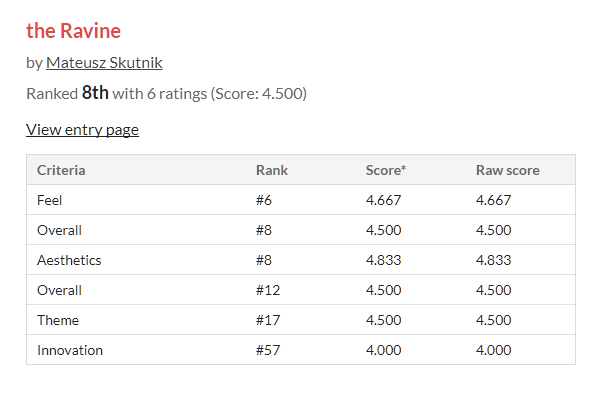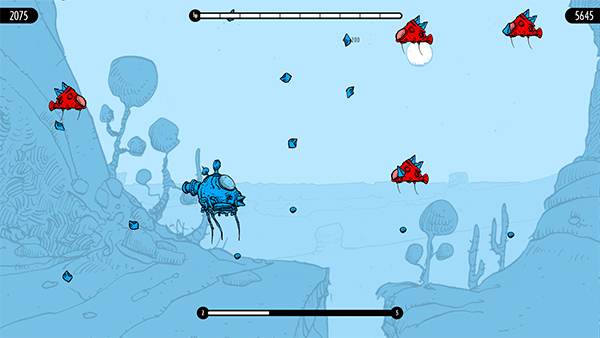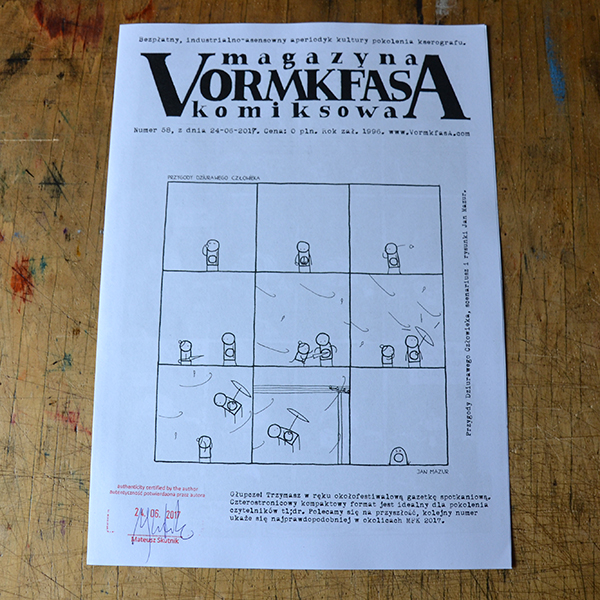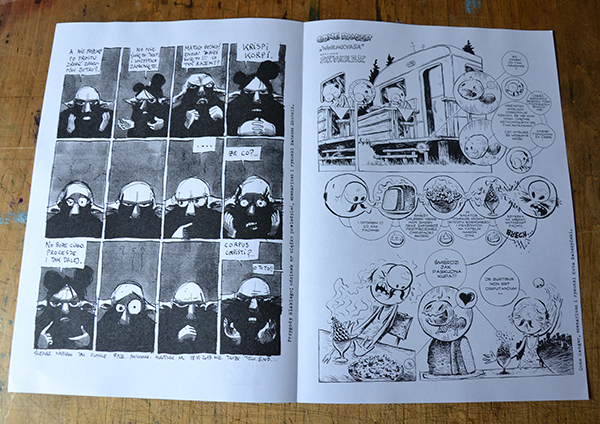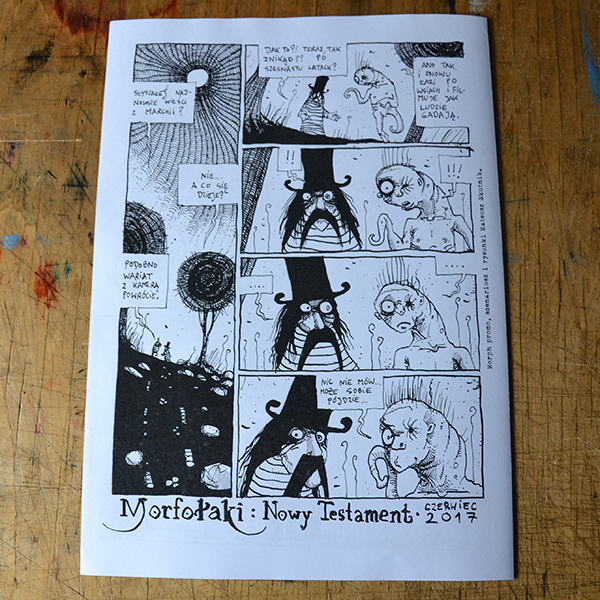10 Gnomes in Trstenik
July 26, 2017
download to play (PC / Mac / Linux) | watch video from the location
Visit Trstenik, Croatia and find 10 gnomes hidden around the location. Find clickable areas, navigate through the locations and zoom into every nook and cranny to find those little bastards.
Revisited, 5 years later. (shot in 2016, revisited in 2021)








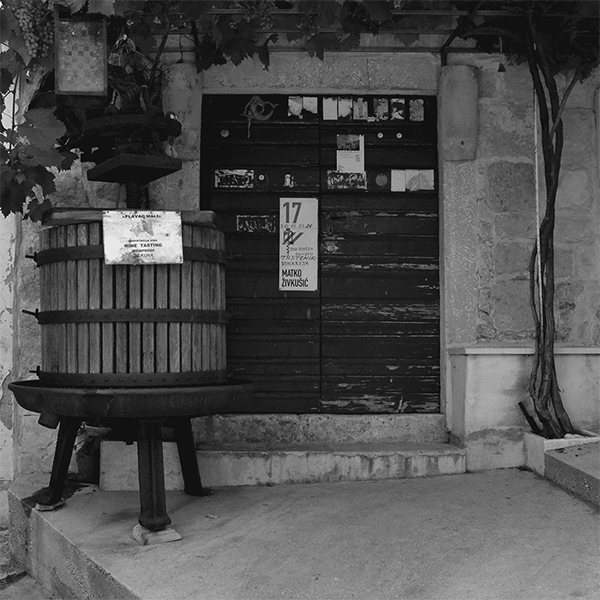
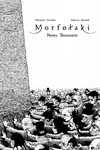 Żyją wśród ludzi, ale nas nie przypominają. Kim są? Czego pragną? Dziwaczne stworzenia powracają w nowym zbiorze autorstwa Nikodema Skrodzkiego i Mateusza Skutnika.
Żyją wśród ludzi, ale nas nie przypominają. Kim są? Czego pragną? Dziwaczne stworzenia powracają w nowym zbiorze autorstwa Nikodema Skrodzkiego i Mateusza Skutnika.